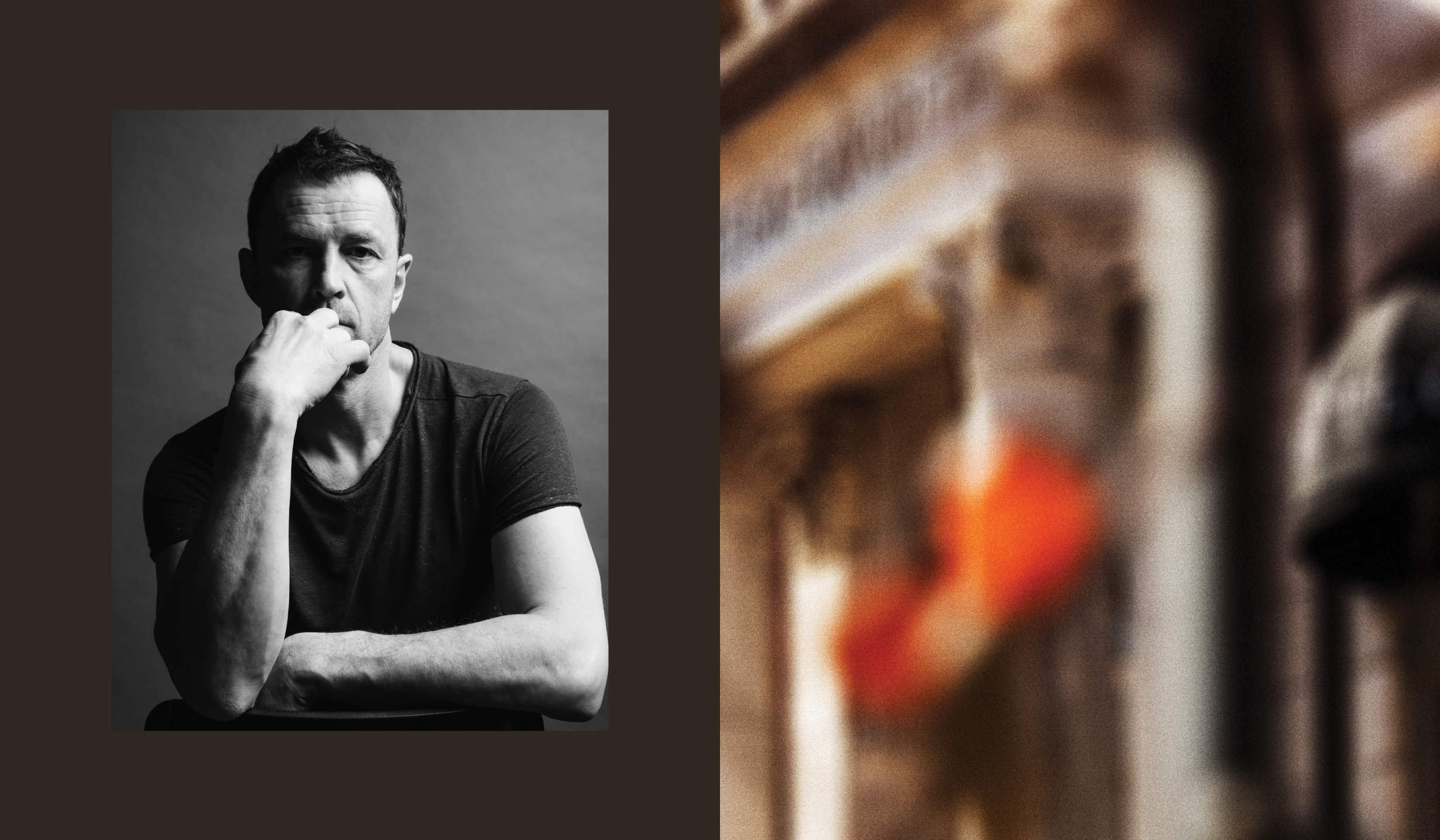The
Neighborhood
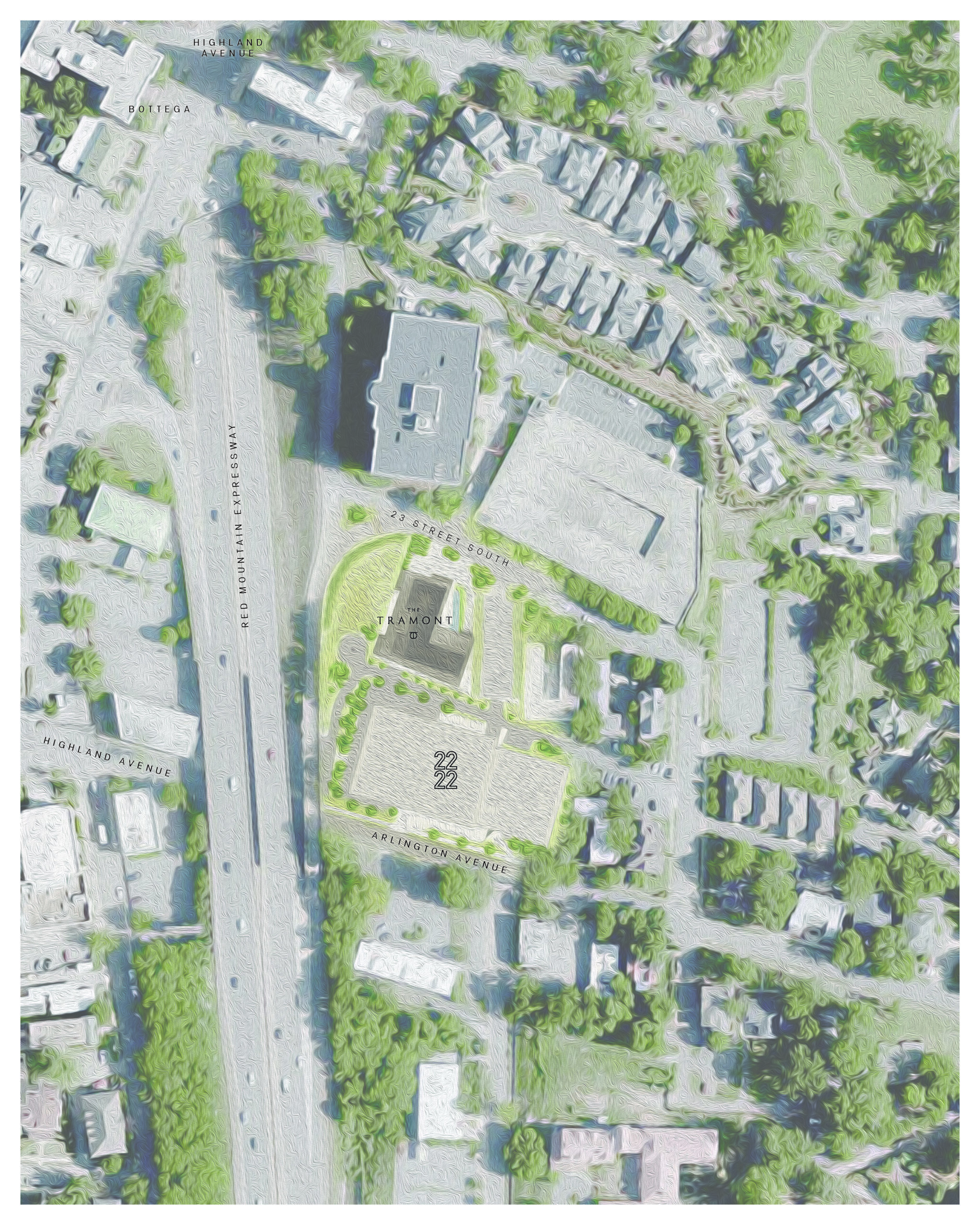
In 1875, Willis Milner began to see a dream. The young city of Birmingham, Alabama was already beginning to grow at a rapid pace and with that growth, the city center was already becoming crowded and congested. Milner started seeing something beyond. What he saw was a more refined place, a place away from town and nestled within the coolness of a mountain slope. He saw a place rich in natural beauty and at the same time rich in culture and architectural beauty. He saw a place where people could live and gather along parks and sidewalks, a place where people could dream and grow and thrive. He saw a place where people could connect. And so, the Highland Park neighborhood was born.
1236 22nd Street South
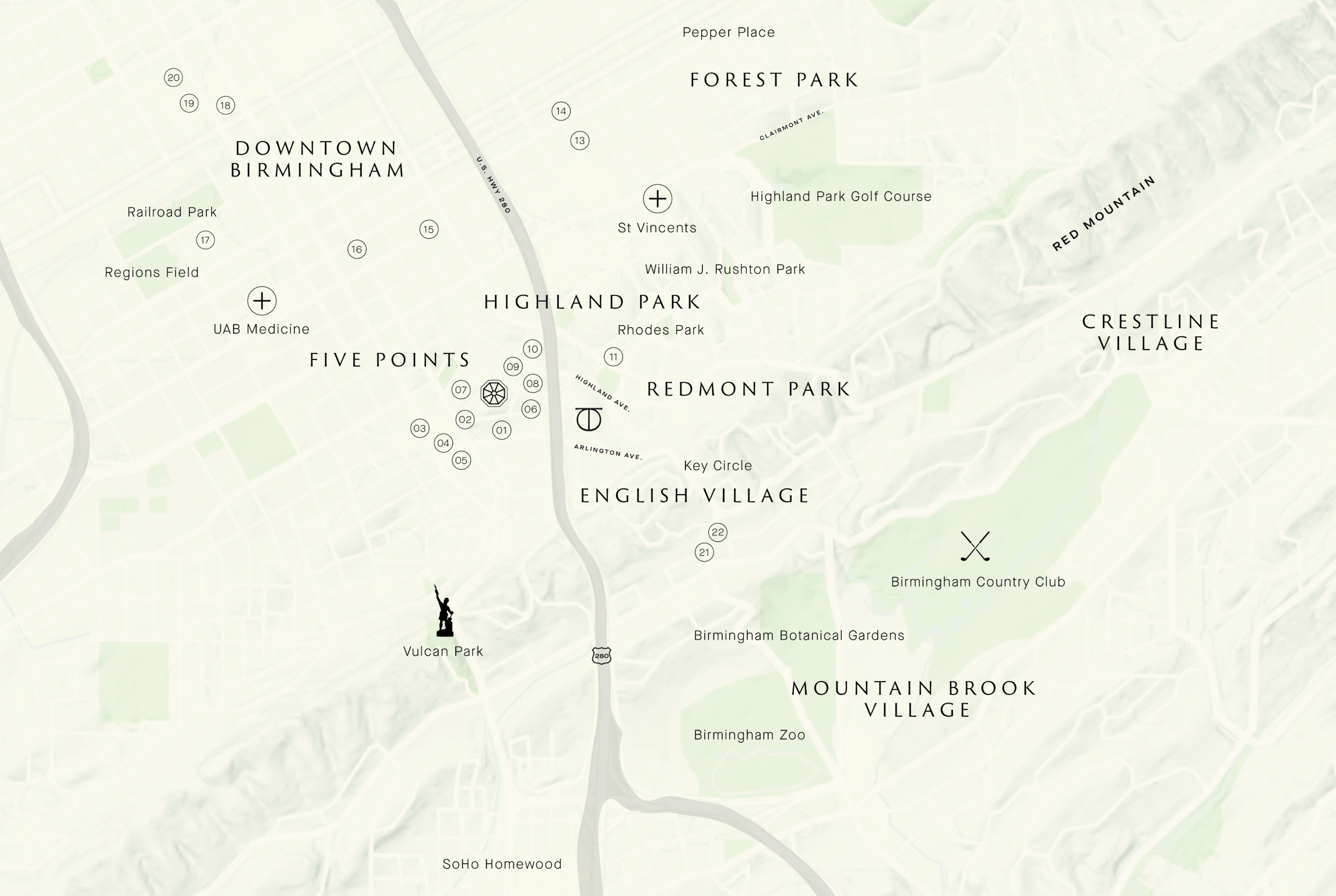
DINING
01. Highlands Bar & Grill
02. Chez Fonfon
03. Surin West
04. Mellow Mushroom
05. 5 Points Public House
06. Galley & Garden
08. Bottega
09. Freddy’s Wine Bar
10. The Garage
12. Rojo
13. Carrigan’s Beer Garden
14. Automatic Seafood
21. Vino
22. Continental Bakery
SHOPPING DISTRICTS
English Village
Crestline Village
Mountain Brook Village
Pepper Place
SoHo Homewood
ENTERTAINMENT
11. Virginia Samford Theatre
15. Work Play
16. Iron City Birmingham
17. B&A Warehouse
18. Alabama Theatre
19. Lyric Theatre
20. McWane Center
RECREATION
07. 5 Points South Fountain
Birmingham Botanical Gardens
Birmingham Country Club
Birmingham Zoo
Highland Park Golf Course
Railroad Park
Regions Field
Rhodes Park
Vulcan Park
William J. Rushton Park
The History
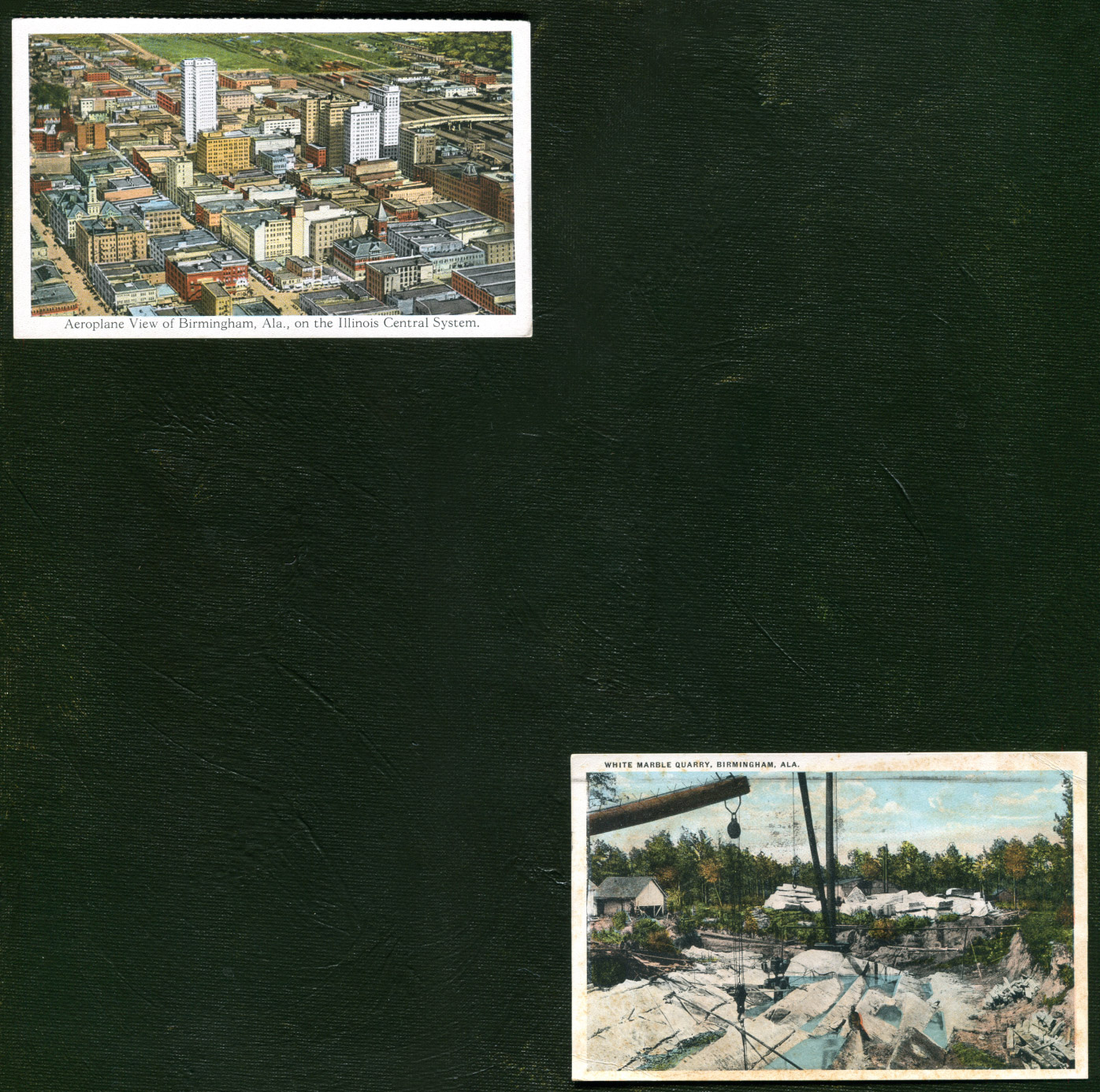
Top: Aeroplane view of Birmingham, Alabama
Bottom: White Marble Quarry
Birmingham has for many years been revered for its rich architectural history—in design, craftsmanship, use of natural materials and resources. Historically, Birmingham has been known for its beautiful masonry work, stone work, and classically planned city quarters that set an exquisite stage for The Tramont.
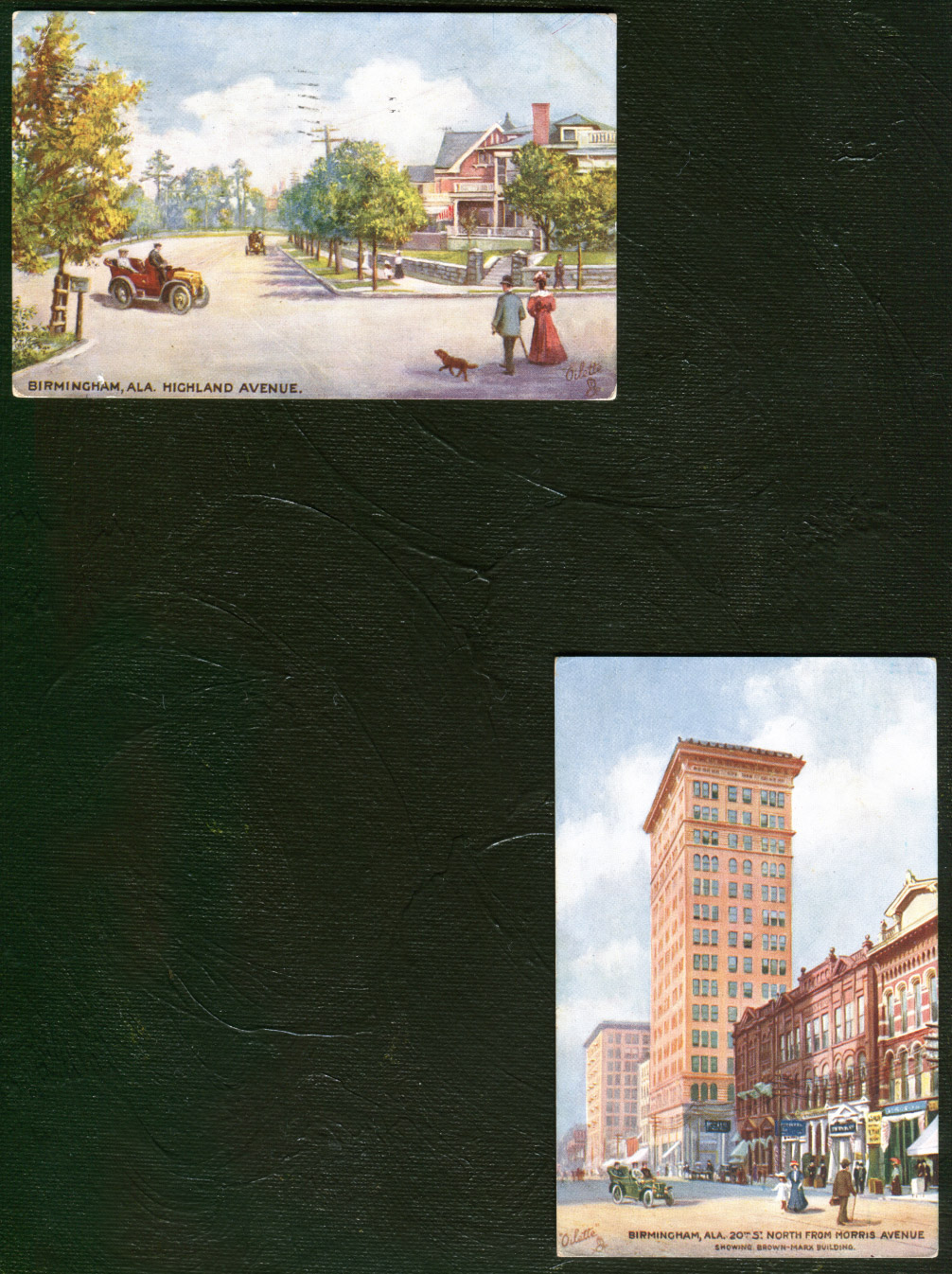
Top: Highland Avenue
Bottom: 20th Street North from Morris
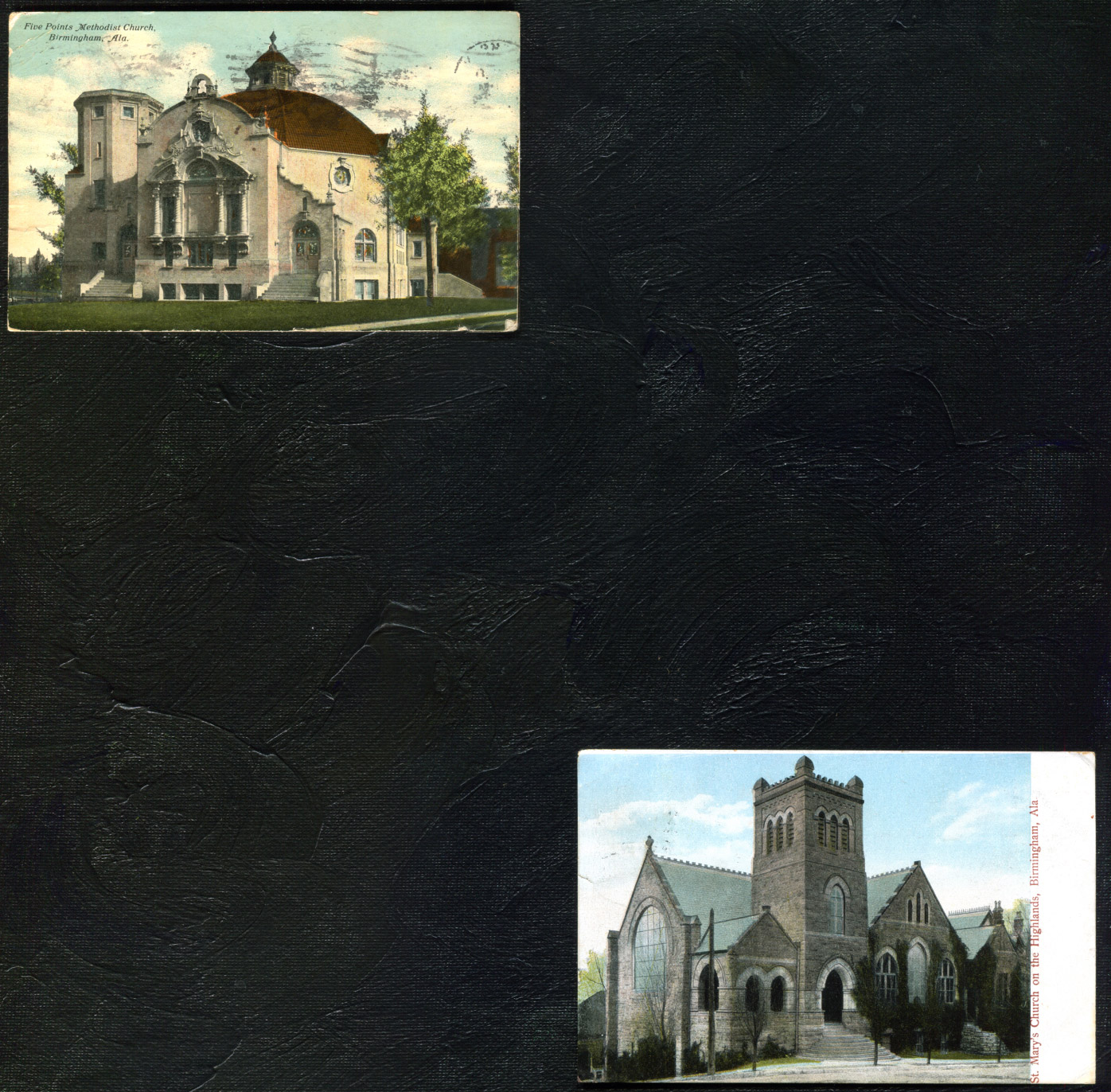
Top: Five Points Methodist Church
Bottom: St. Mary’s Church of the Highlands
Many of Birmingham’s famous architectural gems have been preserved over the years establishing the structural heritage, beauty, and texture of the city. Many iconic and historic churches and synagogues still grace Birmingham.
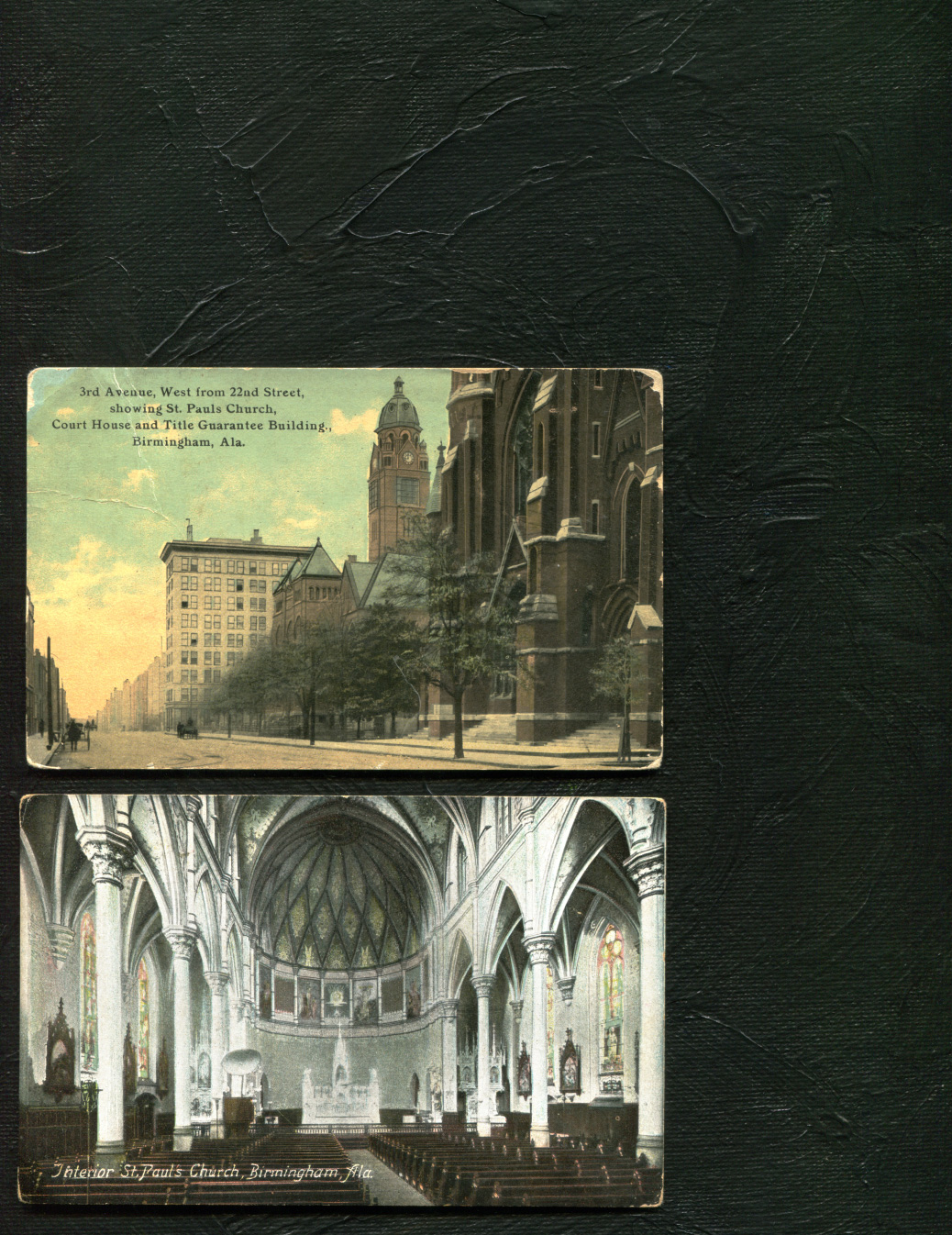
Top: St. Paul’s Church
Bottom: Interior of St. Paul’s Church
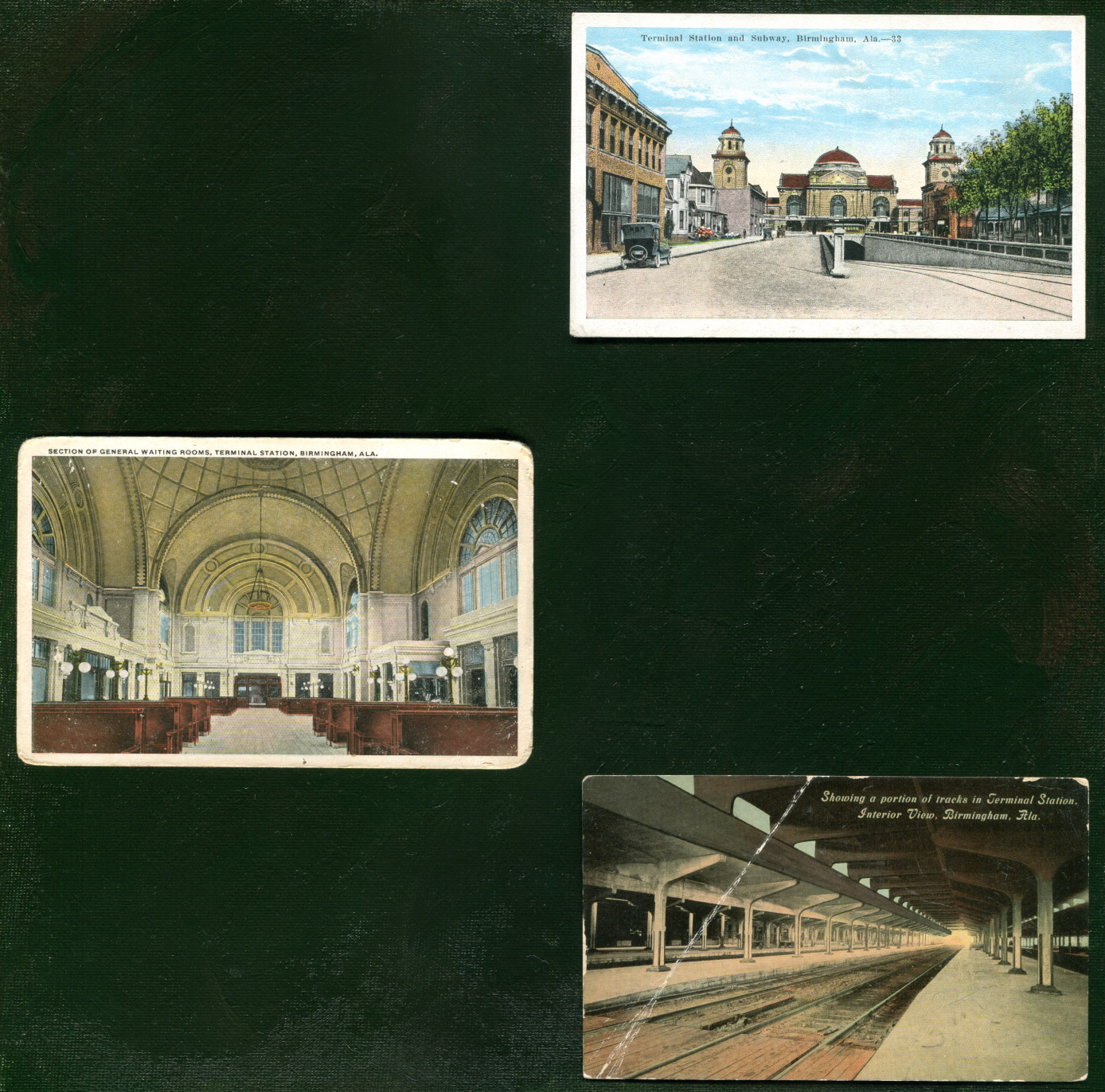
Terminal Station
The Iconic Terminal Station that once was the gateway to Birmingham serves as inspiration for the quality and sense of place at The Tramont. The grandeur of the entryways, detailing in the glass and brickwork, and integrated city access made the Terminal station a place of beauty and connectivity. Though it was torn down in the late 1960s, the impact of this monumental structure still resonates with the architectural landscape of downtown Birmingham.
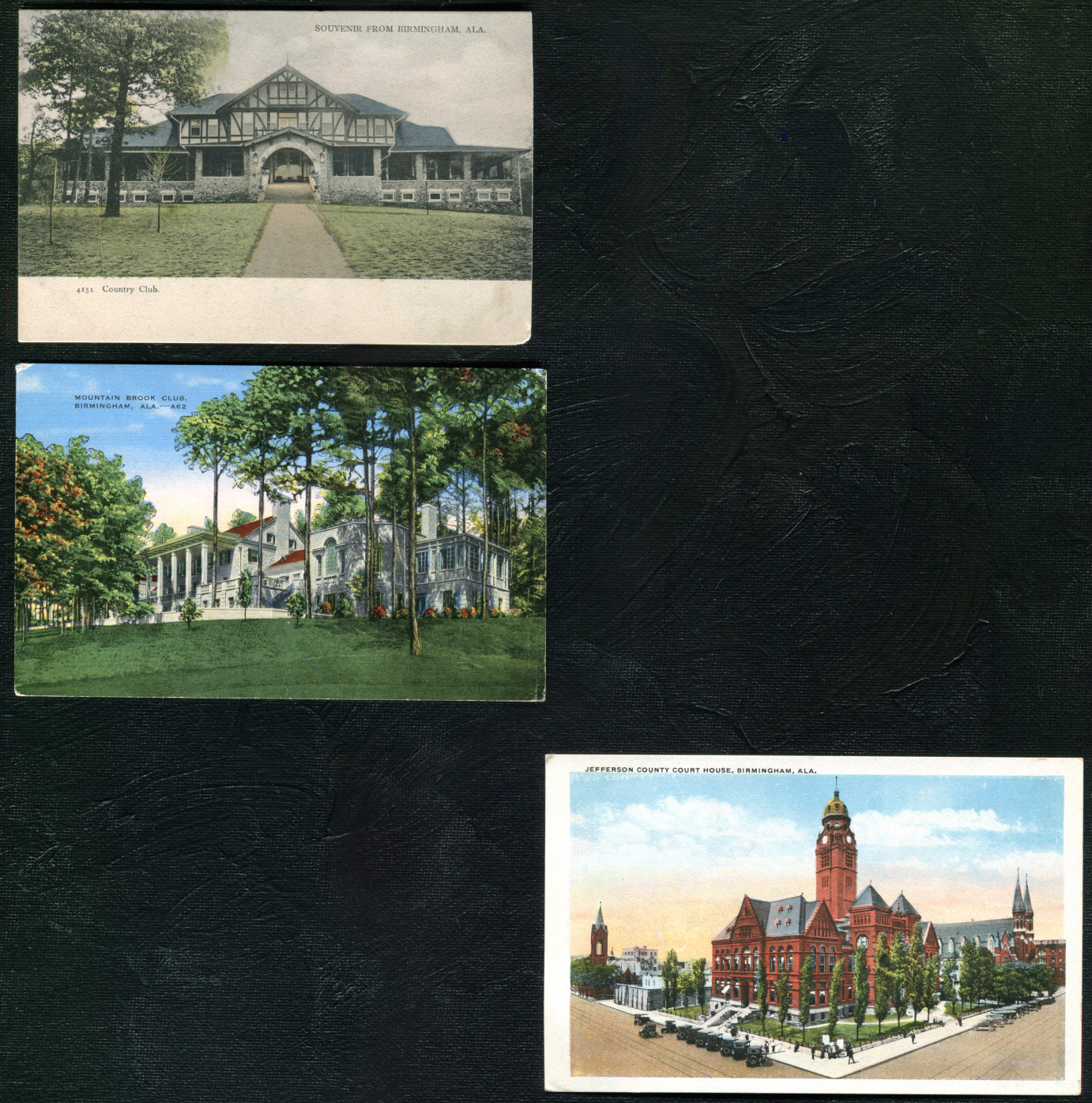
Top: Birmingham Country Club
Bottom: Mountain Brook Club
Birmingham has long maintained its legacy of beautiful country clubs and The Tramont is neighbors with many of the elite memberships.





